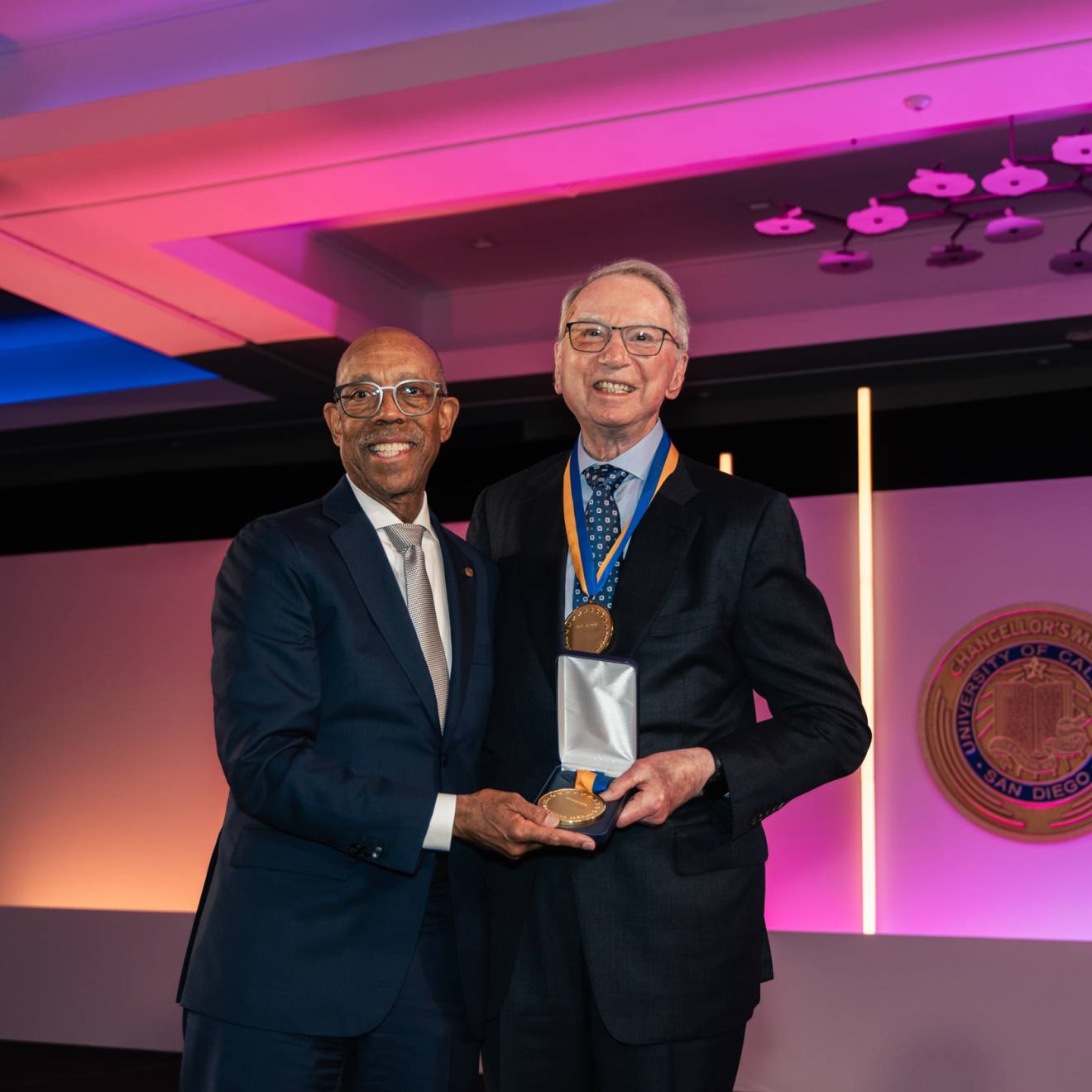Robin Keats, UCLA Today

We could begin with any one of more than a dozen startlingly original inventions to frame the contributions of Aydogan Ozcan, but let's start with the crowd-sourced bio-game he and his team of researchers created to diagnose malaria.
One thousand online gamers from around the world were directed to identify, then "kill" or "bank," infected red-blood cells that appeared on their screens as electronic images. Their success rate at identifying the disease was very comparable to that of medical experts. This decidedly non-expert methodology is designed for use in developing nations where hugely expensive diagnostic equipment is unavailable.
And then there is BigFoot, the name Ozcan gave to the monitoring software he pioneered that allows diabetes patients and others with chronic foot ailments to track their conditions at home using a conventional flatbed scanner and a PC.
These are just two of an apparently endless lineup of incredible ideas that spring from the mind of the 34-year-old scientist who already holds 22 patents, with more than 15 pending, for inventions in wide-field and lens-less imaging, nonlinear and fiber optics, critical coherence tomography and nanoscopy.
Ozcan's self-described "prize child," though, is LUCAS, an acronym for "Lens-less, Ultra-wide-field blood Cell monitoring Array platform based on Shadow imaging." It turns a cell phone into a diagnostic device by clipping on a gadget that combines an LED light, a spatial filter and a slot for a medical slide. Information is gathered by the device, which sends it off to diagnosticians anywhere in the world. Bring LUCAS into the jungle where people get little or no medical attention, and voila! Expert diagnosis.
Through the device, millions of people in such remote areas as sub-Saharan Africa who would otherwise go undiagnosed will be screened or monitored for malaria, and eventually for tuberculosis and HIV. It will also help prevent waterborne illnesses that kill about 5 million people a year. And the cost to clip LUCAS onto your cell phone? Five to 10 bucks.
Read the complete story in UCLA Magazine.

